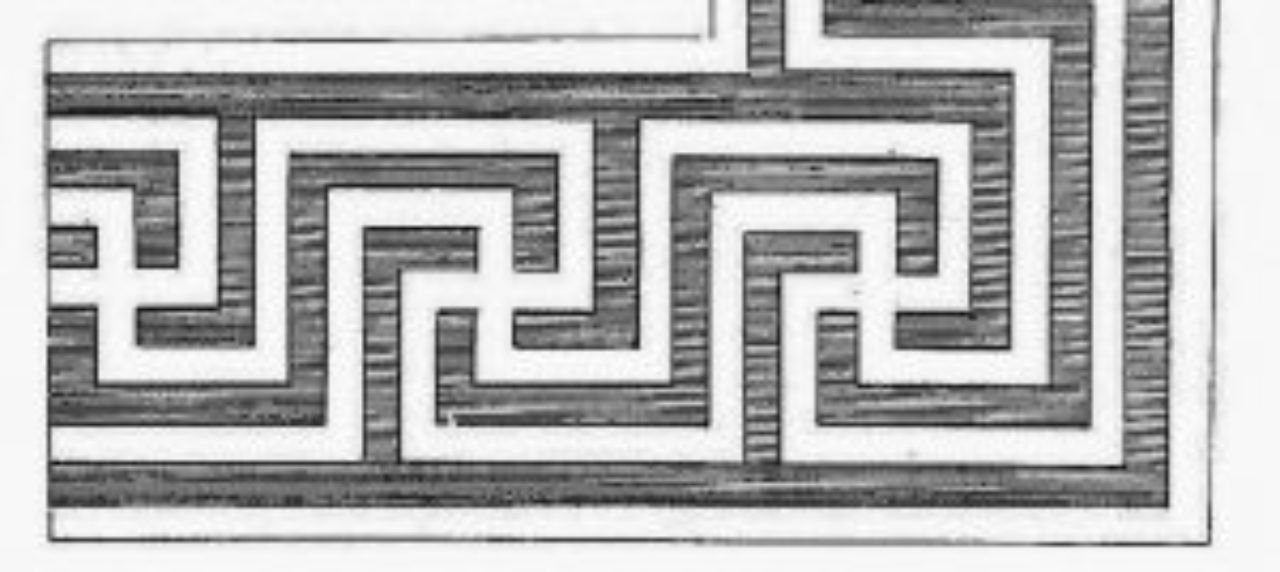Celebrating Nature this season
Thank you @the_barefoot_witch_ for sharing :)
At the winter solstice; the people of Northern Europe would decorate their homes with evergreen plants such as holly, ivy, mistletoe, and pine. They would burn a large log (basically a whole tree) known as the Yule log. There would also be feasting and drinking. They did this as a reminder that the cold, dark winter wouldn’t last forever.
Witchcraft given such a bad undertone, and digging into this kind of past helps us to understand our modern own biases.
Pay attention to some things noted here… the origins of calendars, CROSSES, solar phases, moon cycles… ideas of resurrection (of spring and life).
The origins of all religious stories, celebrating WOMEN, and their ability to CREATE LIFE.
20,000 years ago: The oldest calendar based on a woman’s cycle
The most ancient form of astrology was counted in sequences of 10 months, etched into an ivory bracelet, depicting a woman’s cycle, beginning and ending in the time it takes to birth a child. Honoring the life giving nature of women by setting time by it!
18,000 years ago: the first CROSSES, swastikas
The intricate pattern became inspiration for the Greek Patterns thousands of years later, here carved into mammoth ivory. These designs can be found today in the embroidery of Ukrainian costumes and coins depicting lunar calendars.
“History knows of no peoples who cannot define time duration using the Sun and the Moon.” -Shturcite, 1896
First recorded in large intervals
either the cycles of the moon (coinciding with 28 days, counted in the time to give life to a human)
and later, a year (the period of a complete cycle of the Sun)
Notice of such an important number— 14—in the form of cuts, nicks, etc. has been found long before the emergence of abstract ideas about it. Meaning, the noticing of the days of a woman’s cycle matching the moon could go way back.
1871: Édouard Lartet, the famous French archaeologist argued that the geometrical patterns were used to register time, especially between periodic natural processes.
1960s, 100 years later, it was agreed that Latart’s patterns were possibly calendar records based on lunar cycles. (male dominated culture, did not care about the female significance of recording time.
1965 Frolov independently made a detailed study of patterns on nearly two hundred items from Eurasian Paleolithic (2.5M-10k BC) sites, finding patterns of 7s, depicting an earlier date for origination of time. He put forward the hypothesis that the “rhythm 7” and “magic sevens” originated in Paleolithic times (origins of astrology and calendars).
17,000 years ago: Oldest maps and homes found in the world
In the same location of this female-centric knowledge, were also the first discovered maps and dwellings. Each home took 95 mammoths to build. The same site found female figurines of women carved into amber.
11,000 years ago: Oldest wood sculptures found
in Russia, made shortly after the end of the last ice age. twice as old as stone henge or the egyptian pyramids (but around the time of the Egyptian sphynx). Shigir Idol’s decoration was similar to that of the oldest known monumental stone ruins, at Gobekli Tepe in Turkey
Ukraine is blessed with an abundance of Paleolithic sites, with main concentrations of mammoth bones from Eurasia. Also closeish to Siberia, the no-man’s-land in between Russia and China, and origins of santa and christmas holiday traditions.
Well-known settlements have been dated to 29,000 years ago.
The oldest mammoth tusk fragments no longer exists, and all we have is a sketch and a description made by V.M. Scherbakivski. The ‘traditional‘ explanation—that the mammoth tusk fragment was lost in a fire following a WWII bomb attack—is open to question.
The thoroughness and the depth of the incisions as well as the uniformity of the spacing between the very short notches suggest that the pattern on this mammoth tusk was used to reflect important recurring events
it was interpreted as a table of lunar cycle observations, where the short perpendicular strokes mark the phases of the Moon
Full Moon is marked by a double stroke
while the quarters (including new moon) are marked by long lines.
And the number of strokes represent the subsequent lunar months
Similar pattern at the Kiev, 17,000 years ago marked the changing phases of the Moon and kept a count of time.
Oldest map of the stars
Reconstructed in 1979, Russia, from analyzed engravings









